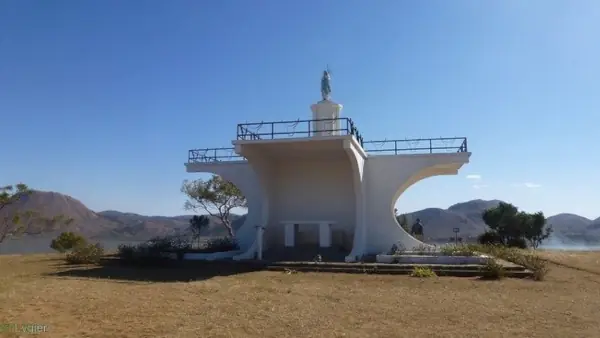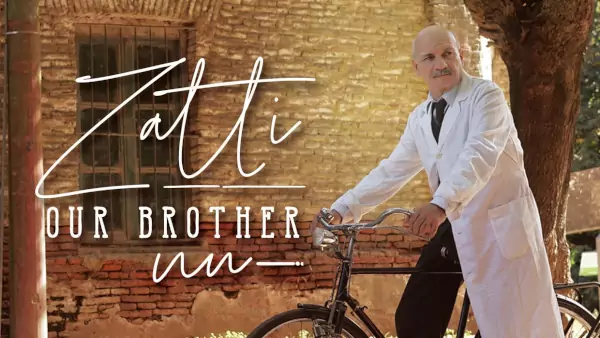12 October - Born in Beyzymy Wielkie in the Ukraine into a Polish aristocratic family, Beyzym studies at the Kiev Gymnasium before entering the novitiate of the Society of Jesus in Stara Wies, Poland on 11 December 1872.
He followed the ordinary course of formation of a Jesuit, with philosophy (1876-1877) at Stara Wies, followed by a period of teaching at the college in Tarnopol, and theology in Krakow (1879-1881). Beyzym was ordained a priest on 26 July 1881 in Krakow. In 1881 he returned as a priest to the college in Tarnapol, where he taught Russian and French while being prefect and in charge of the infirmary. There he showed great concern for the young patients.
Beyzym was sent to Madagascar in December 1898, then a mission of the French Jesuits. In his letter of request of 1897, sent to the Superior General, Luis Martin, he had written: "I know very well what leprosy is, and what I can fear, but it does not frighten me. On the contrary, it attracts me".
Arriving in Madagascar, Beyzym was immediately sent to the leprosarium in Ambahivoraka where some 150 patients live in almost total abandonment. Beyzym is 48 years old and is not used to the hot climate, but he gives himself entirely, with his strength, his heart and his talent as an organiser to the lepers of Ambahivoraka. He decided to build a real hospital where patients could be treated competently, while being humanely and religiously accompanied. The necessary financial help came mainly from benefactor friends in Poland with whom he kept many contacts. His numerous letters in Polish form a beautiful literary and spiritual anthology: 543 of his letters are preserved.
Settled in October 1902 in Marana, near Fianarantsoa, Beyzym stayed there among his lepers until the end of his life. Life was far from easy there. Beyzym admits that he often felt repulsion. He admits to fainting several times. On 18 April 1901 he wrote to the provincial of France: "It is necessary to be in constant union with God. It is necessary to become accustomed little by little to the stench. Here we do not breathe the perfume of flowers but the rottenness of the bodies".
His modern hospital - a great innovation at the time - includes, in addition to a chapel and house for the fathers, a modern pharmacy, a dispensary with its outbuildings, and two large pavilions (one for men and the other for women). The whole could accommodate 140 patients. To serve the lepers he obtained the help of the Sisters of Saint Joseph of Cluny. It was inaugurated on 16 August 1911.
Weakened by work and a life of deprivation in a climate that was painful for him, Beyzym died in Marana on October 2, 1912, carried away by a fever caused by an infection contracted during the treatment of a leper. Thanks to Beyzym and his collaborators, the work of mercy for the lepers of Madagascar was built on solid foundations. The Hanseatic hospital in Marana still exists. Since 1964 small houses have been built near the hospital to house the families of the victims of Hansen's disease. Jan Beyzym was beatified by Pope John Paul II on 18 August 2002.








